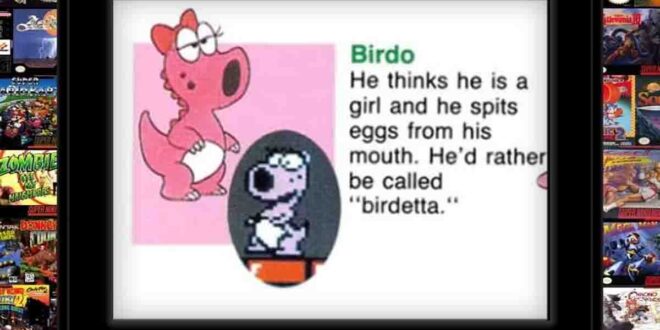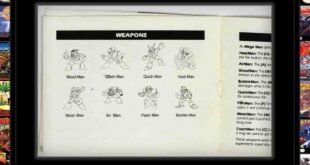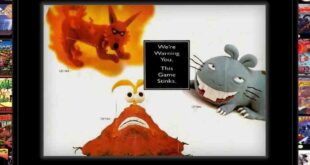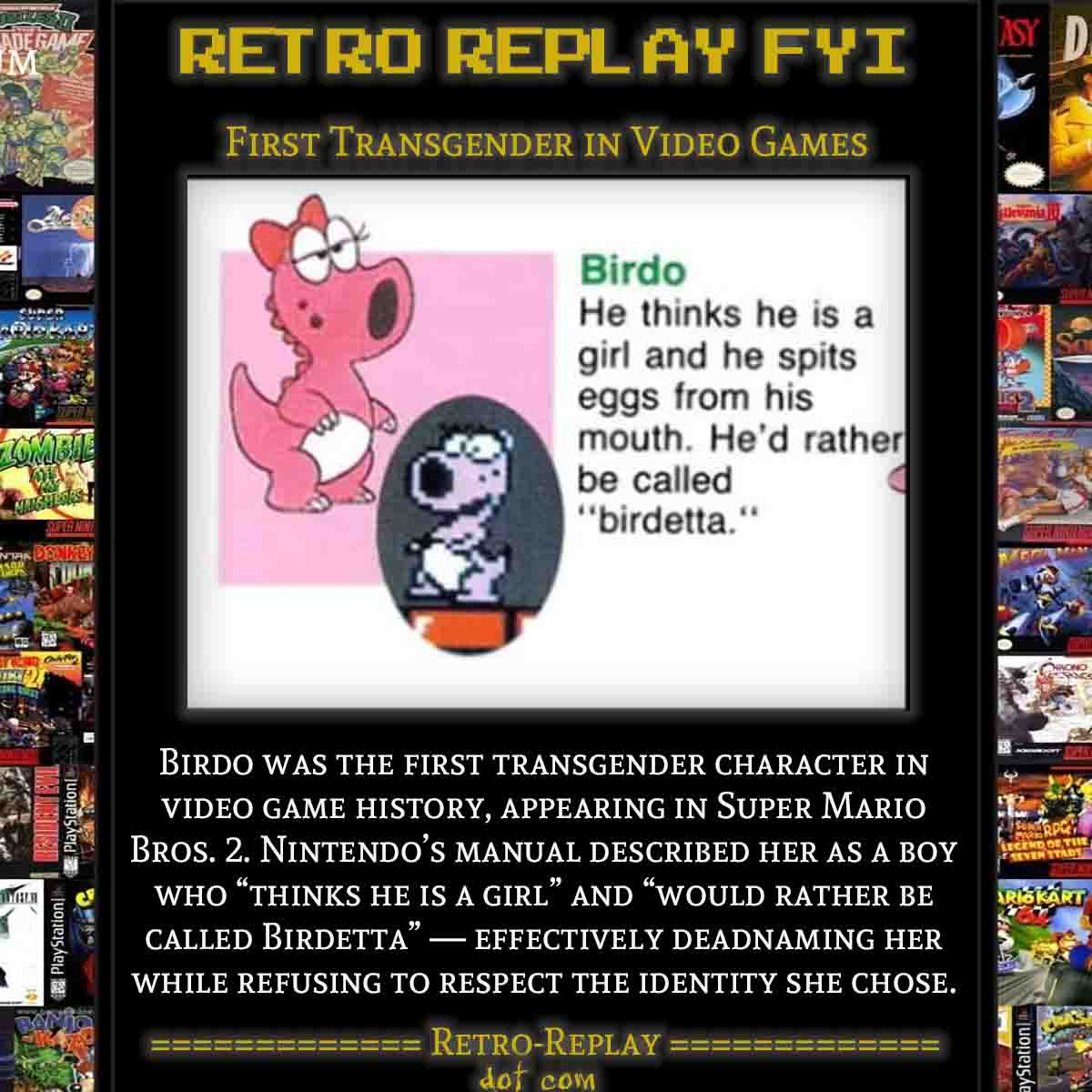When Super Mario Bros. 2 launched in North America in 1988, it introduced players to a whole new roster of characters. Among them was a pink dinosaur-like enemy named Birdo, who quickly stood out as one of the strangest and most memorable figures in the Mario universe.
But Birdo’s legacy goes far beyond just being a quirky boss. In the original instruction manual, Nintendo described Birdo as a male who “thinks he is a girl” and “would rather be called Birdetta.” By writing it this way, Nintendo not only deadnamed Birdo, but also dismissed her identity in what many fans have called a transphobic framing. And yet, that short paragraph accidentally cemented Birdo’s place as the first transgender character in video game history.
Over the decades, Nintendo’s approach to Birdo has been inconsistent. Sometimes she is clearly depicted as female, other times her gender is left ambiguous, and in many cases the subject is ignored altogether. This refusal to fully acknowledge Birdo as the gender she claimed has kept the controversy alive and made her one of the most debated characters in gaming.
Despite this, Birdo has endured. She has appeared in Mario Kart, Mario Party, and countless other spin-offs, becoming a cult favorite among fans who celebrate her as an early, if imperfect, milestone in representation.
Whether Nintendo meant it or not, Birdo opened the door to conversations about gender and identity in games. Long before mainstream media was ready to discuss these issues, video games had already introduced players to a character who challenged norms and refused to be defined by someone else’s label.
#RetroReplayFYI
👉 Did you always think of Birdo as “she,” or did you only discover Nintendo’s transphobic original description years later?
 Retro-Replay.com Retro gaming reviews, news, emulation, geek stuff and more!
Retro-Replay.com Retro gaming reviews, news, emulation, geek stuff and more!





